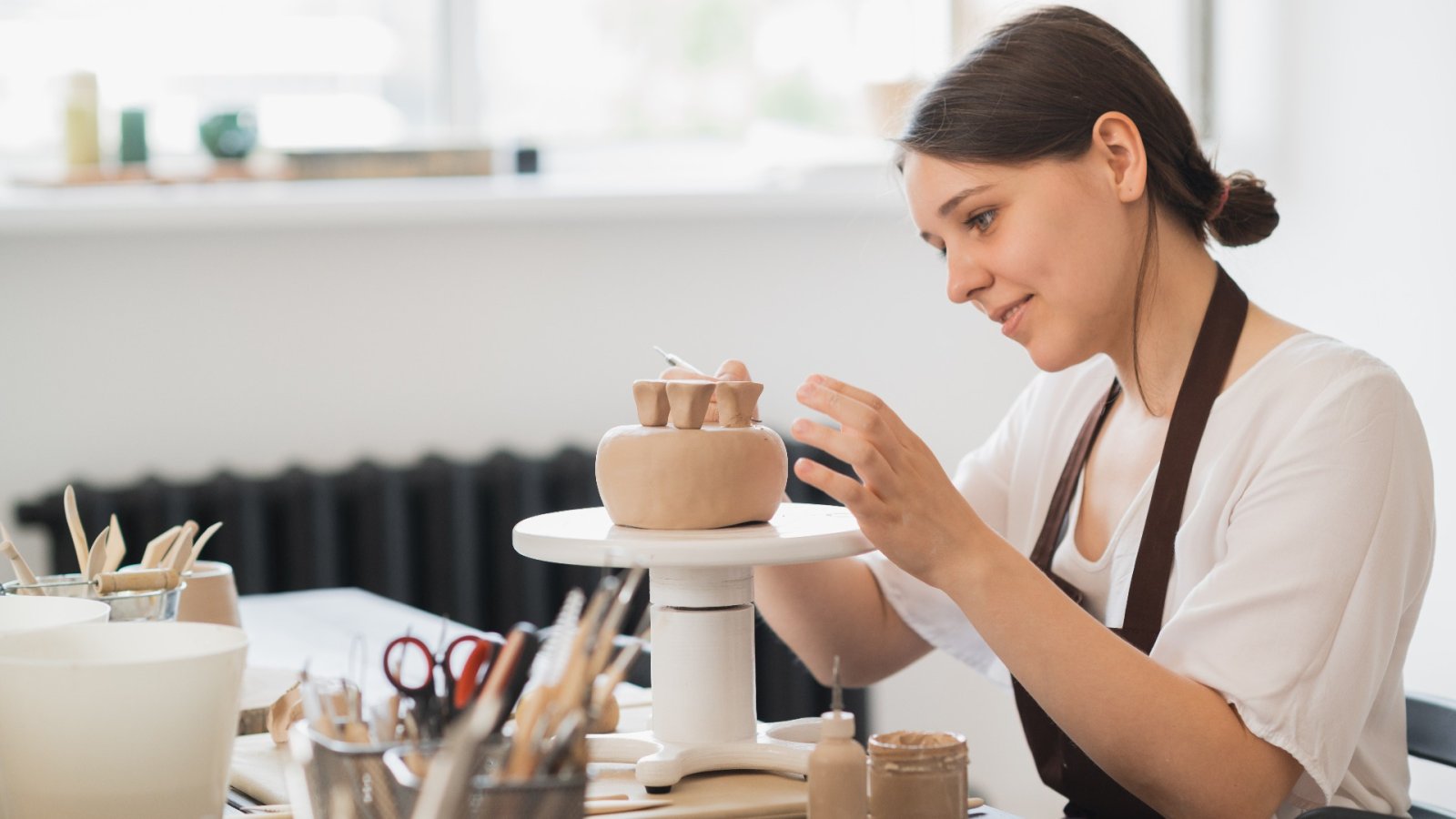For thousands of years, different colors have been used to evoke a feeling, share sense, and encourage thinking. This has always been a universal truth, starting with ancient Egyptian paintings and continuing with modern graffiti. But in the 20th century, things were being redefined, reimagined, and remade. The same happened with the color blue.
Famous French artist Yves Klein, creator of the Nouveau Réalisme, was famous for creating conceptual art utilizing performance, collage and abstract painting. His Nouveau Realisme was frequently depicted as the European counterpart to Pop art. Besides his popularity and his accomplishments, Yves also became renowned for designing an intense, striking shade of blue. For the artist, this blue had significant importance, expressing his spirituality and holy education, the significance of raw components like water and sky, or the extensive spectrum of the galaxy.
Klein’s blue has been perceived as exclusive for many years, but the truth is that it inspires the work of thousands of interior designers, artists, and different creative people even today. Because his vision of the color blue has become a true heritage.
Who was Yves Klein?
Born April 28, 1928, in Nice, France, Yves comes from a family of artists. His mother, Marie Raymond, was a major figure in the Art Informel movement and his father, Fred Klein, painted landscapes in a Post-Impressionist style. Even though Klein grew up in a family of artists, he was an autodidact, meaning that he had no formal training but taught himself how to paint. In 1942, Klein began studying at the École Nationale de la Marine Marchande and the Ecole Nationale des Langues Orientales. It was there that he made friends with the young poet Claude Pascal and also with the sculptor Arman Fernandez. Klein shared many common interests with the two artists, including literature, jazz music, and judo.
Moreover, the three creative minds once sat on a beach and split the universe among themselves: Arman took the physical world, Claude took language, and Yves chose space. This exchange between friends flared the artist's fascination with distance and abstraction which would shape his career and guide him to his notoriety.
Before making his renowned blue, Yves was known to use a lot of colors in his paintings. In a 1956 solo exhibition in Paris, Yves Klein debuted using only three colors: pink, blue, and gold. He combined these colors to the Christian concept of the Holy Trinity, stating that fire is blue, gold, and pink. He explained that this is a universal principle to explain the existence of the world. Visitors voiced dissatisfaction with Klein’s paintings, and he decided to instantly pursue monochrome work by focusing on one color: blue.
Shortly after his Paris debut, he developed the first version of what would become his iconic color in 1956 and a few years later, with the help of art supplier and chemist Edouard Adam, the artist created the shade and registered the paint formula under the name of International Klein Blue - IKB. This marked the beginning of a change in Klein’s work, known as the Blue Period.
Yves' inspiration for his celebrated blue likely derived from a few critical points in his life. His quest for monochrome work recalls his passion for the infinite, as he sensed the monochrome to be an endless manifestation of color on canvas. He saw these paintings as expressions of life and immortality, calling them open windows to freedom. But his blue also derived from his journeys to Italy, where he encountered the rich blues in frescoes on the walls of churches. As a Catholic, he saw spiritual value in blue, traditionally used to illustrate the robes of the Virgin Mary in Renaissance paintings. For Klein, blue means the absolute immensity of space: there are no dimensions.
Today, the color has been recreated in French paint manufacturer Ressource’s International Klein Blue. Its versatility makes it easy to be applied with a brush, spray, roller or placed directly onto canvas. In 1960, Klein started a new series called the Anthropométries. The first work in this sequence was a performance at the Galerie Internationale d’Art Contemporain in Paris where he directed naked women - models - to cover themselves in the blue color and press their bodies against the gallery walls and canvasses.
This series marked a substantial shift in Klein’s relations with his artwork. Hoping to separate himself from art, Klein said that he would never attempt to spread paint over his own body and become a living brush. Later on, he was fascinated by nature and started to add natural elements like fire, water, sea sponges, and gravel into his artwork. He began to separate from painting and tested with three-dimensional representations through sculpture. He created nearly 200 works of art before he passed away from a heart attack in 1962.






